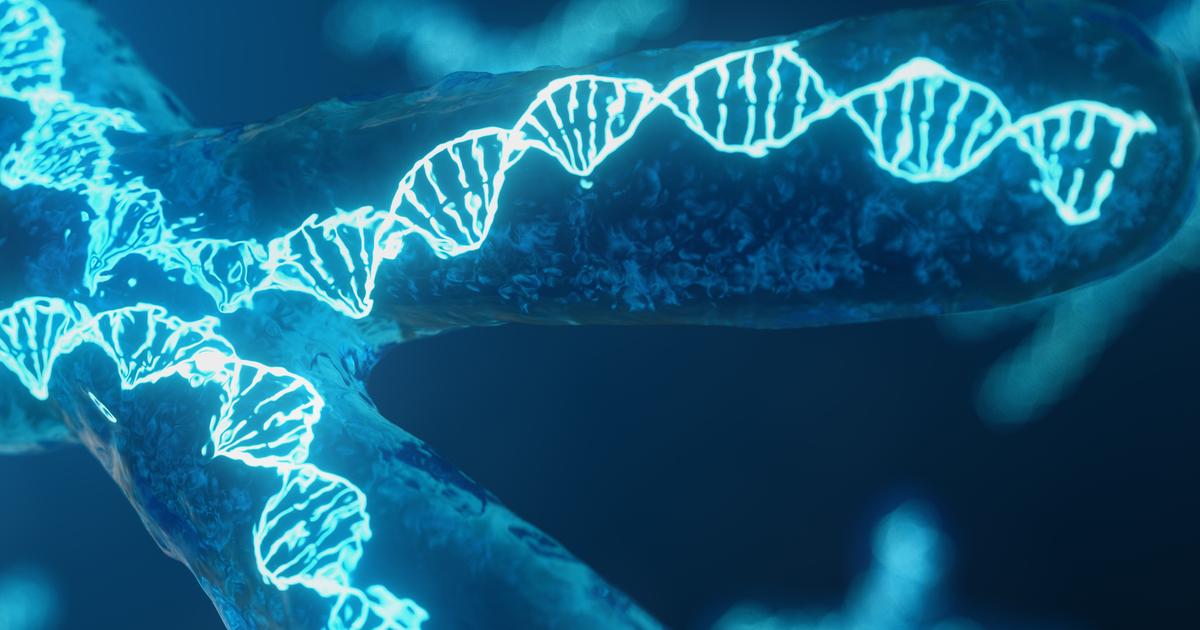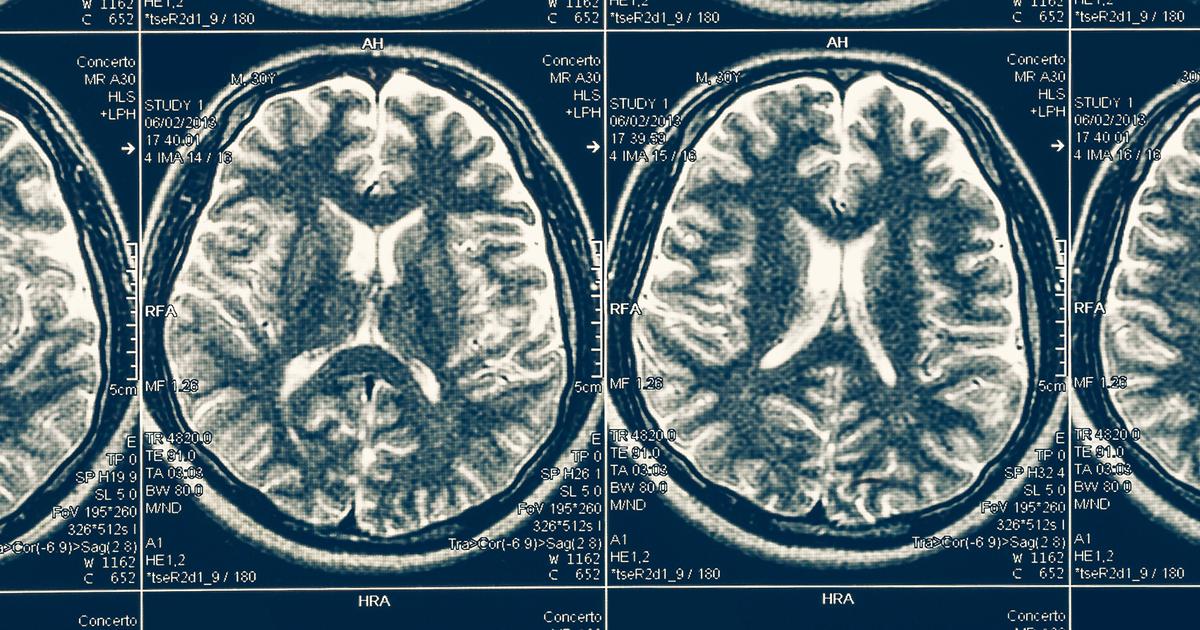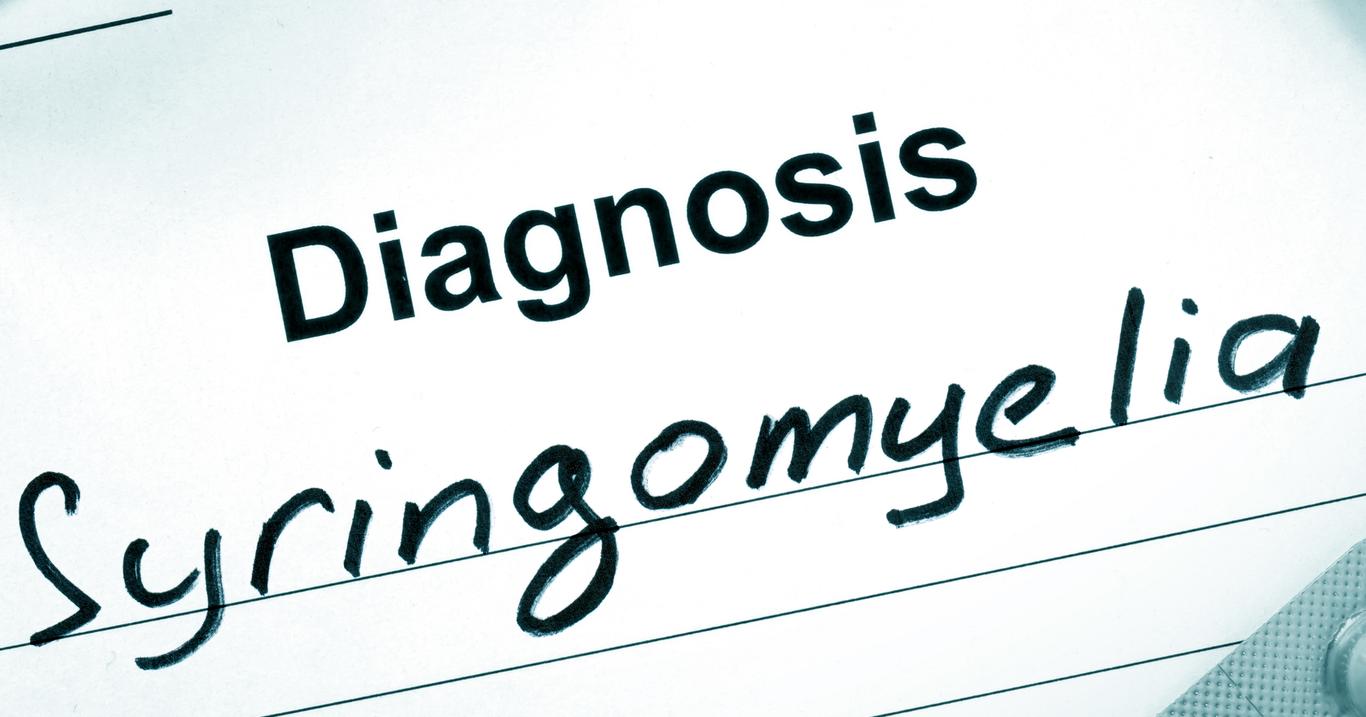Guide To The Causes And Complications Of Chiari Malformation
When an individual has a structural abnormality that adversely causes an irregularity in the relationship between the brain tissues and skull, it is referred to as Chiari malformation. As a result of this structural abnormality, the brain tissues are pressed into the spinal canal inappropriately. Most cases of Chiari malformation are present at birth, while others occur during adulthood. Individuals affected by Chiari malformation may exhibit symptoms such as headache at the back of the head, dizziness, extremity numbness, extremity tingling, upper body weakness, upper body sensation loss, difficulty walking, neck pain, trouble swallowing, hearing loss, and balance trouble. Diagnosis of Chiari malformation is made by physical examination, x-rays, CT scans, and MRI scans. Treatment for Chiari malformation may include medication and surgery.
Genetic Mutations

An individual who has Chiari malformation may also have genetic mutations that have caused them to develop this abnormality. The specific gene components that cause one individual to have Chiari malformation and not another are not known. However, the medical literature contains numerous reports and studies where Chiari malformations develop in more than one family member within different families. Genetic mutations that cause any sort of abnormal growth in an individual's skull that takes up extra space can cause them to develop Chiari malformation. Any diseases or conditions caused by genetic mutations that cause an individual to have or develop intracranial hypertension can also result in the presence of Chiari malformations. Chiari malformation can also be caused by a genetically precipitated condition or disease that has adverse effects on the shape, structure, and or development of the cervical portion of an individual's spine. Larger syndromes caused by genetic mutations, including Albright hereditary osteodystrophy, achondroplasia, hereditary connective tissue diseases, Goldenhar syndrome, Hajdu-Cheney syndrome, and Ehlers-Danlos syndrome can cause an individual to develop Chiari malformation.
Lack Of Nutrients During Pregnancy

Most cases of Chiari malformation occur during fetal development. Physical defects of the spinal column structure, brain structure, and skull structure that occur when the individual is developing in utero are what causes Chiari malformation. While there has not been concrete evidence to prove a lack of nutrients during pregnancy directly causes Chiari malformation, it is suggested they are more common among the population of individuals born to mothers in developing countries where malnutrition is a prevalent and critical problem. When a pregnant woman does not consume enough of the essential nutrients required for the proper and healthy development of the fetus, birth defects are more likely to occur. When a fetus is growing, abundant sources of vitamins and nutrients are required for the bones, brain tissues, and other vital structures to develop fully and without abnormalities. When maternal malnutrition causes problems in the process of fetal growth, it can affect how the spine, skull, and brain of the fetus forms in both a structural and functional sense.
Spina Bifida

Spina bifida is a neural tube defect that affects some point or portion of an individual's spinal cord when the neural tube fails to close as it should. The bones in the individual's back that are meant to protect their spinal cord do not develop when the neural tube does not close completely. When the protective bones do not develop around the spinal cord, the individual can experience damage to the nerve branches and spinal cord fibers. This abnormal and incomplete development of the spinal cord and its protective coverings can cause the brain stem and cerebellum to protrude into the foramen magnum abnormally. The types of Chiari malformations that are most often the result of spina bifida include type II Chiari malformation and type IV Chiari malformation. Both spina bifida and Chiari malformation occur as defects when the individual is developing as a fetus and are discovered upon birth.
Hydrocephalus

Chiari malformation may occur due to a condition referred to as hydrocephalus, which is when too much fluid accumulates in an individual's brain ventricles, the cavities in the brain where cerebrospinal fluid is produced by the ependymal cells. The spinal cord central canal is continuous with the ventricles in the brain, allowing for the circulation of cerebrospinal fluid. While a certain amount of cerebrospinal fluid in the ventricles is normal, an excessive amount causes the ventricles to become enlarged and compress neighboring brain tissues. When the ventricles become enlarged from too much fluid, it is referred to as hydrocephalus. The enlarged brain ventricles of a hydrocephalus patient can cause tissues in the brain to become displaced because the bones of the skull are not flexible and cannot adapt to swelling tissues. When brain tissues are pushed into the spinal canal from enlarged ventricles, it causes the individual to develop Chiari malformation.
Syringomyelia

Syringomyelia is an uncommon disorder where a cyst filled with fluid develops slowly on the inside of an individual's central spinal cord canal. The tissues of the cerebellum protrude past the foramen magnum and into an individual's cervical spinal canal when they are affected by Chiari malformation. This displacement of tissue causes the cerebrospinal fluid to be unable to flow properly. Most fluid-filled cysts that develop in an individual's spinal canal are the result of some sort of interruption or disturbance in the normal flow of their cerebrospinal fluid. Therefore, many individuals affected by Chiari malformation will develop a syrinx or a cyst filled with fluid in their spinal cord that can cause several debilitating symptoms. Symptoms of syringomyelia tend to manifest gradually over time. The type of Chiari malformation known to cause syringomyelia is Type 1 Chiari malformation.
